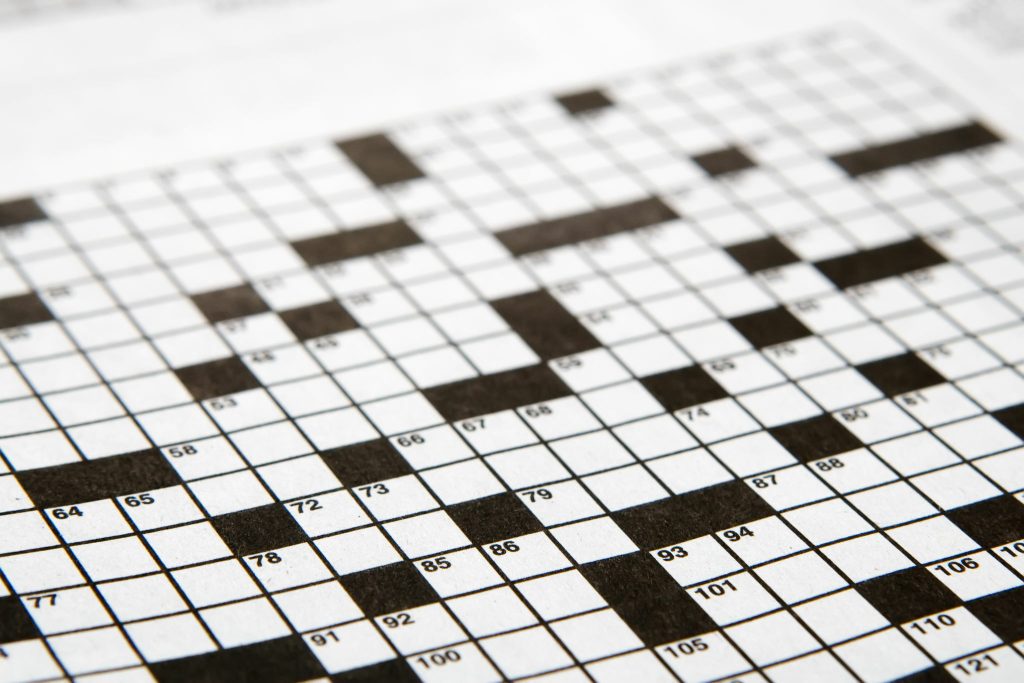Whether you’re a seasoned solver or a novice, embrace the daily challenge and experience the thrill of linguistic excellence. Dive into the intricate world of Goads On NYT and discover the enduring Goliath in the realm of wordplay.
In the ever-evolving landscape of linguistic prowess and cognitive gymnastics, few intellectual pastimes have stood the test of time quite like the New York Times Crossword Puzzle. Beyond a mere pastime, it has grown to be a cultural phenomenon, captivating minds and galvanizing a legion of lovers. Join us as we delve into the elaborate and thrilling universe of crossword clues, exploring the nuances that make it a long-lasting Goliath inside the realm of wordplay.
What is Goads On NYT?
“Goads on NYT” is a crossword clue found in The New York Times crossword puzzle, specifically leading to the answer “URGES.” Beyond the puzzle realm, the term “goads” can also pertain to concise remarks located after New York Times articles, enabling readers to promptly respond to and engage in discussions about the content. These remarks undergo curation by The Times, and readers have the opportunity to vote on the comments they deem most valuable.
The Rich History of Crossword Puzzles
To truly appreciate the mastery behind the New York Times Crossword, one must embark on a journey through its storied history. Founded in 1942 by Arthur Wynne, the crossword puzzle has evolved from a simple pastime to a revered tradition. Its presence in the New York Times adds a layer of prestige, turning each puzzle into a daily mental challenge embraced by millions.
Read Also: four digits to memorize nyt
The Craftsmanship Behind NYT Crossword Clues
Unraveling the Grid
The crossword grid is the canvas where linguistic artistry unfolds. Each square is a meticulously chosen piece of the puzzle, with an interplay of letters creating a symphony of words. Crafted by a team of seasoned wordsmiths, the clues are the heartbeat of the puzzle, guiding solvers through a labyrinth of language.
The Art of Clue Construction
Behind every clue lies a subtle dance of wit and intellect. The NYT crossword clue constructors, akin to maestros orchestrating a sonnet, carefully craft clues that challenge and engage. From anagrams to cryptic wordplay, each clue is a testament to the craft’s depth and ingenuity.

The Thrill of Solving
A Mental Gymnasium
Solving a New York Times Crossword Puzzle is more than a leisurely pursuit; it’s a workout for the mind. Engaging cognitive faculties, solvers navigate the grid with a mix of deduction and linguistic prowess. The satisfaction derived from cracking a particularly elusive clue is unparalleled.
Community and Collaboration
In the digital age, the crossword community thrives not only on paper but also online. Forums, social media groups, and collaborative solving sessions create a sense of camaraderie. Solvers share strategies, celebrate victories, and commiserate over challenging puzzles, fostering a global network of crossword enthusiasts.
NYT Crossword in Popular Culture
The New York Times Crossword has transcended the confines of newspapers. Adapting to the digital age, it boasts an online presence, allowing solvers to engage with puzzles anytime, anywhere. The crossword’s cameo in popular culture, from TV shows to movies, further cements its iconic status.
Strategies for Mastering NYT Crossword Puzzles
Decoding the Cryptic
Novices and pro solvers alike can advantage of interpreting the cryptic nature of NYT crossword clues. Developing a knowledge of common crossword constructs, consisting of anagrams, homophones, and abbreviations, equips solvers with the gear to overcome even the toughest puzzles.
Embracing a Daily Challenge
Consistency is key in mastering the art of crossword-solving. Setting aside dedicated time each day to tackle the NYT crossword cultivates a mental agility that pays dividends over time. The daily challenge becomes a ritual, blending entertainment with cognitive enhancement.
Conclusion
In the vast landscape of intellectual pursuits, the New York Times Crossword Puzzle stands Goads On NYT as a beacon of linguistic excellence. Its timeless appeal, coupled with the ever-evolving nature of clues, ensures its place as a cultural cornerstone. Whether you’re a seasoned solver or a novice, the thrill of unraveling the mysteries concealed within the grid is an experience worth savoring.
